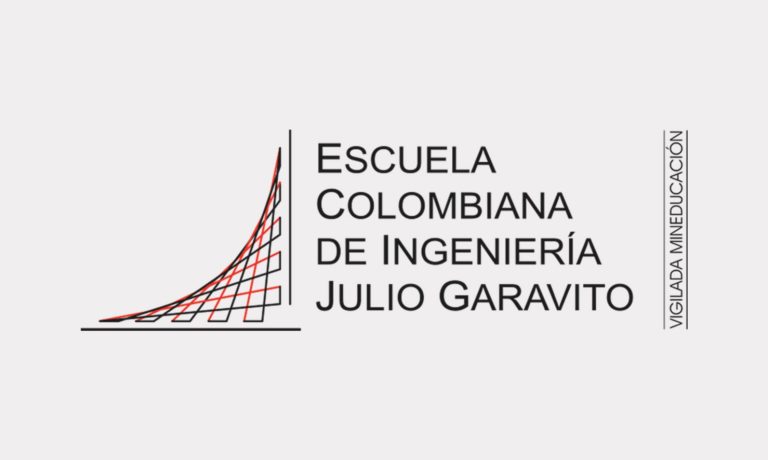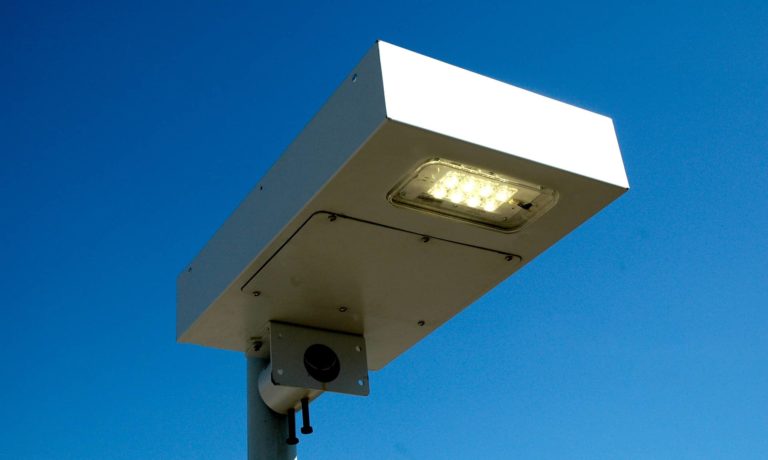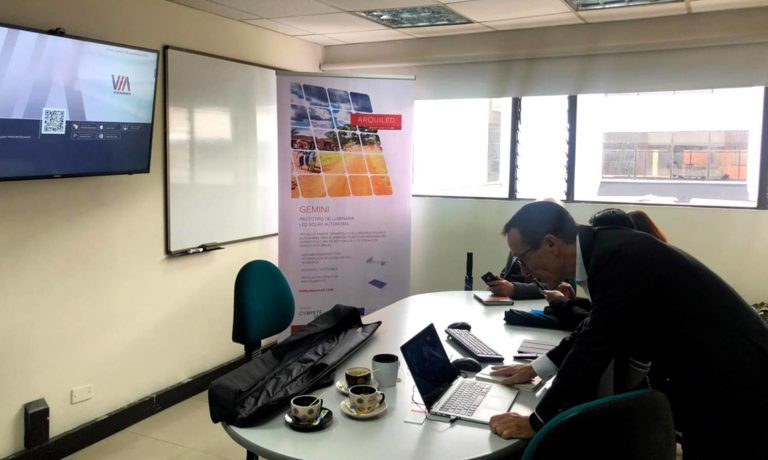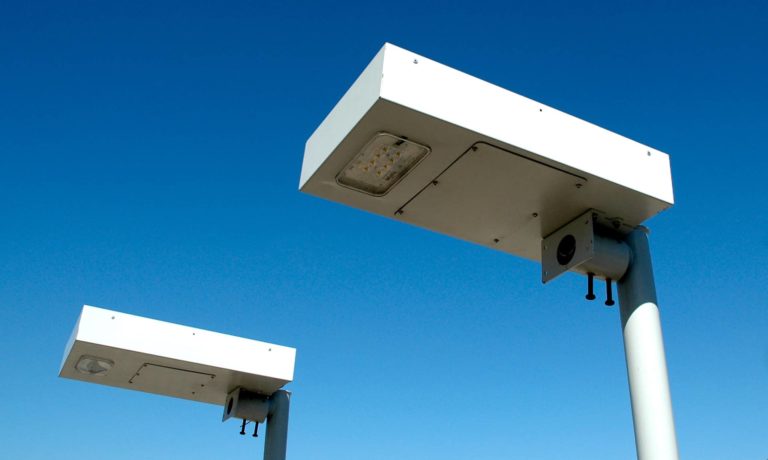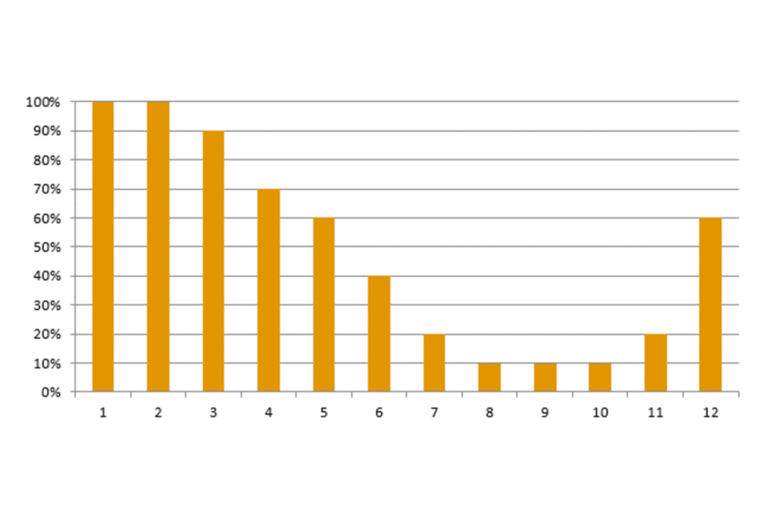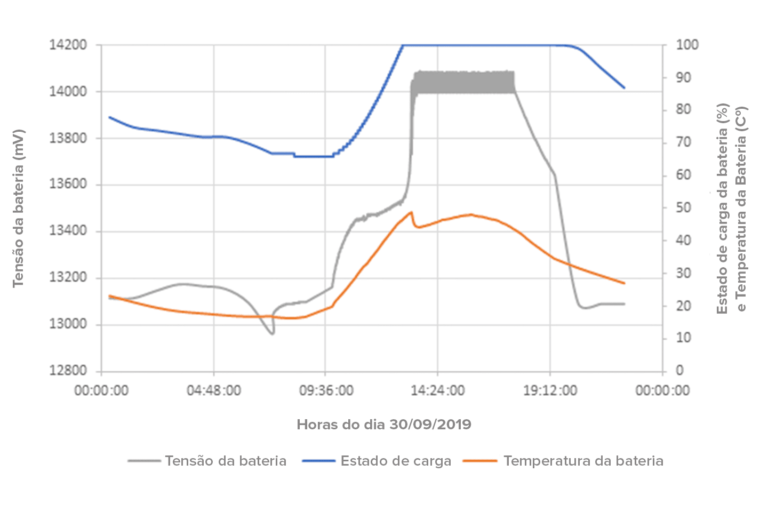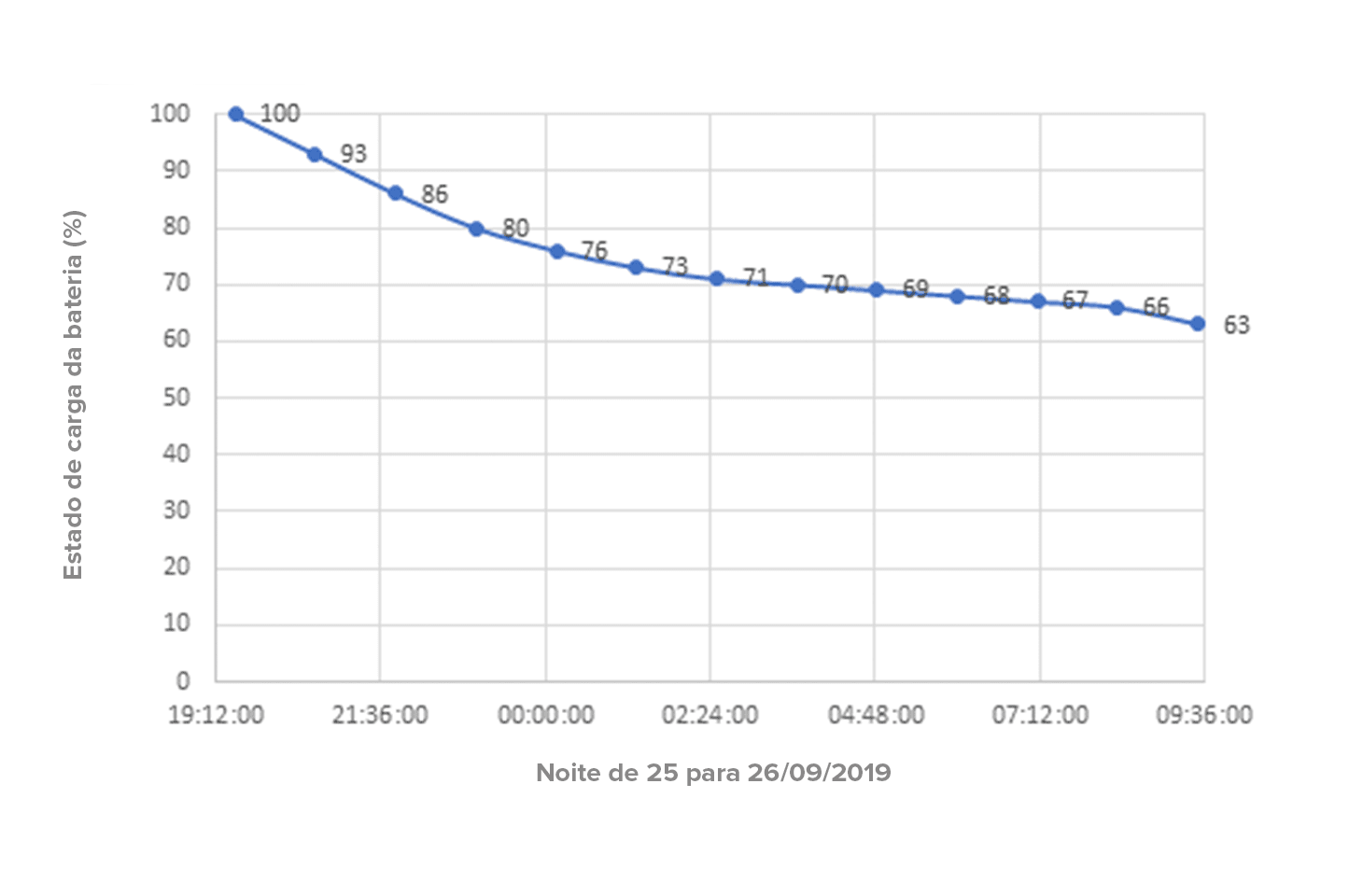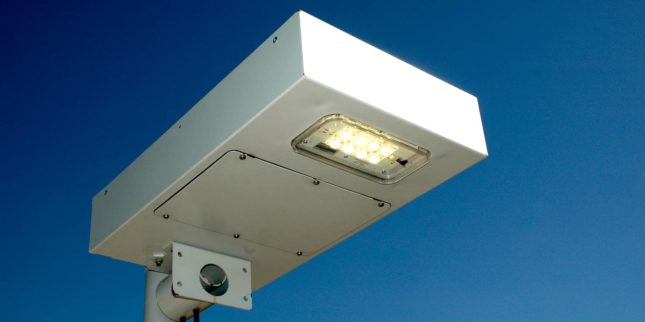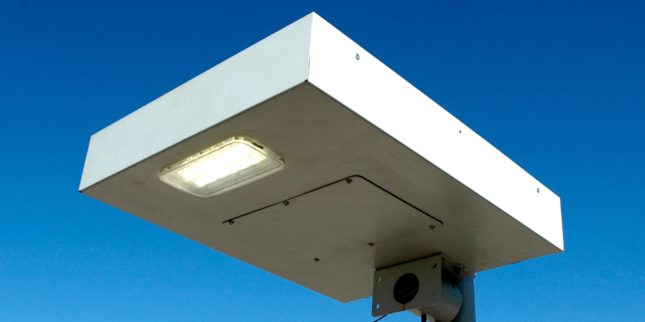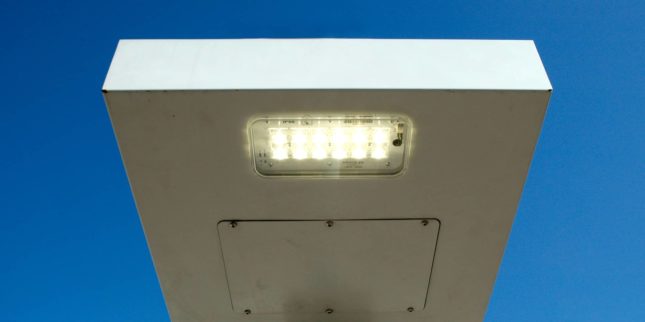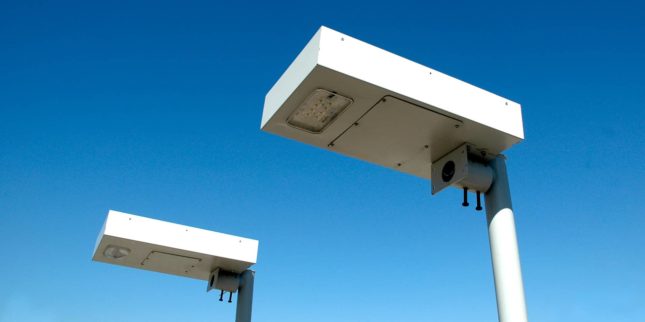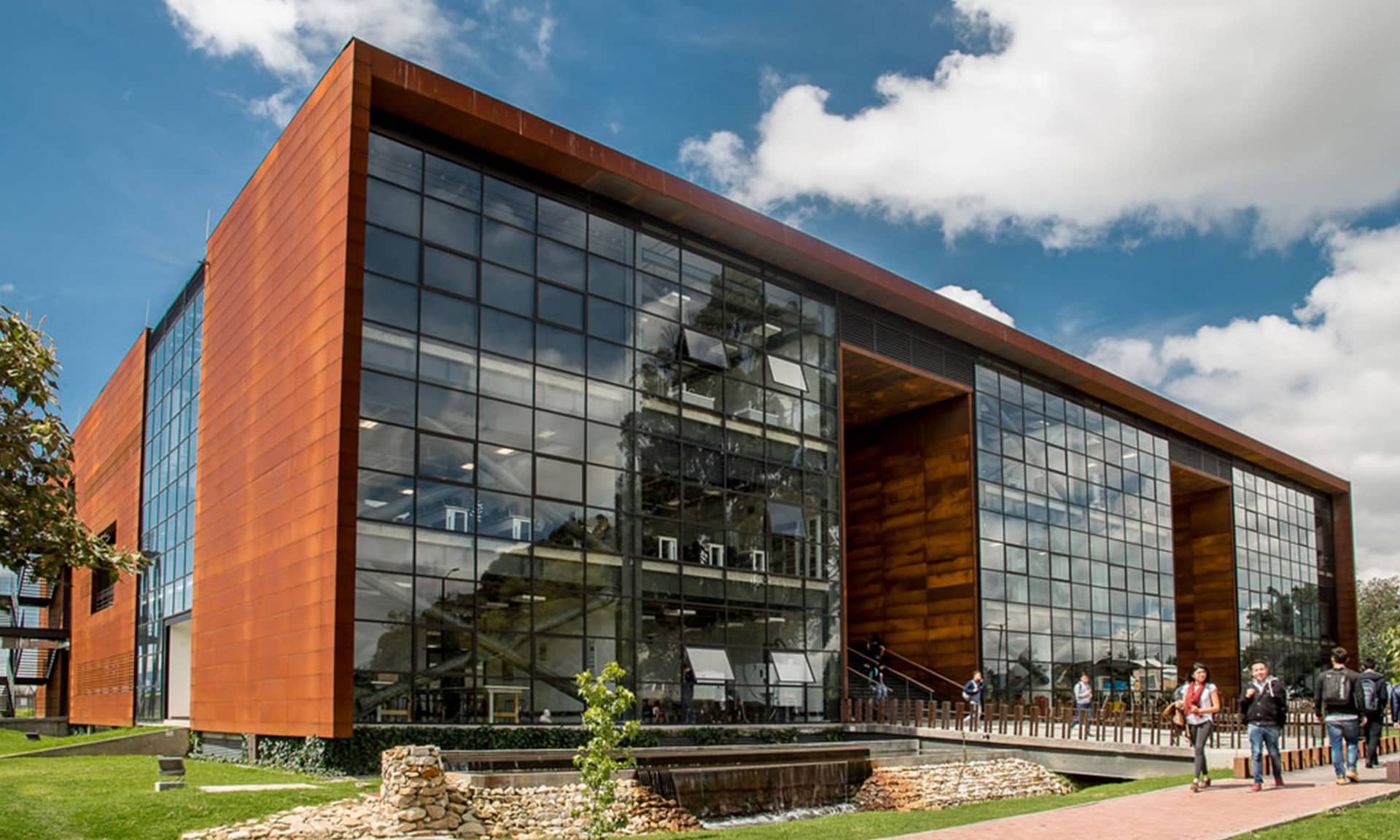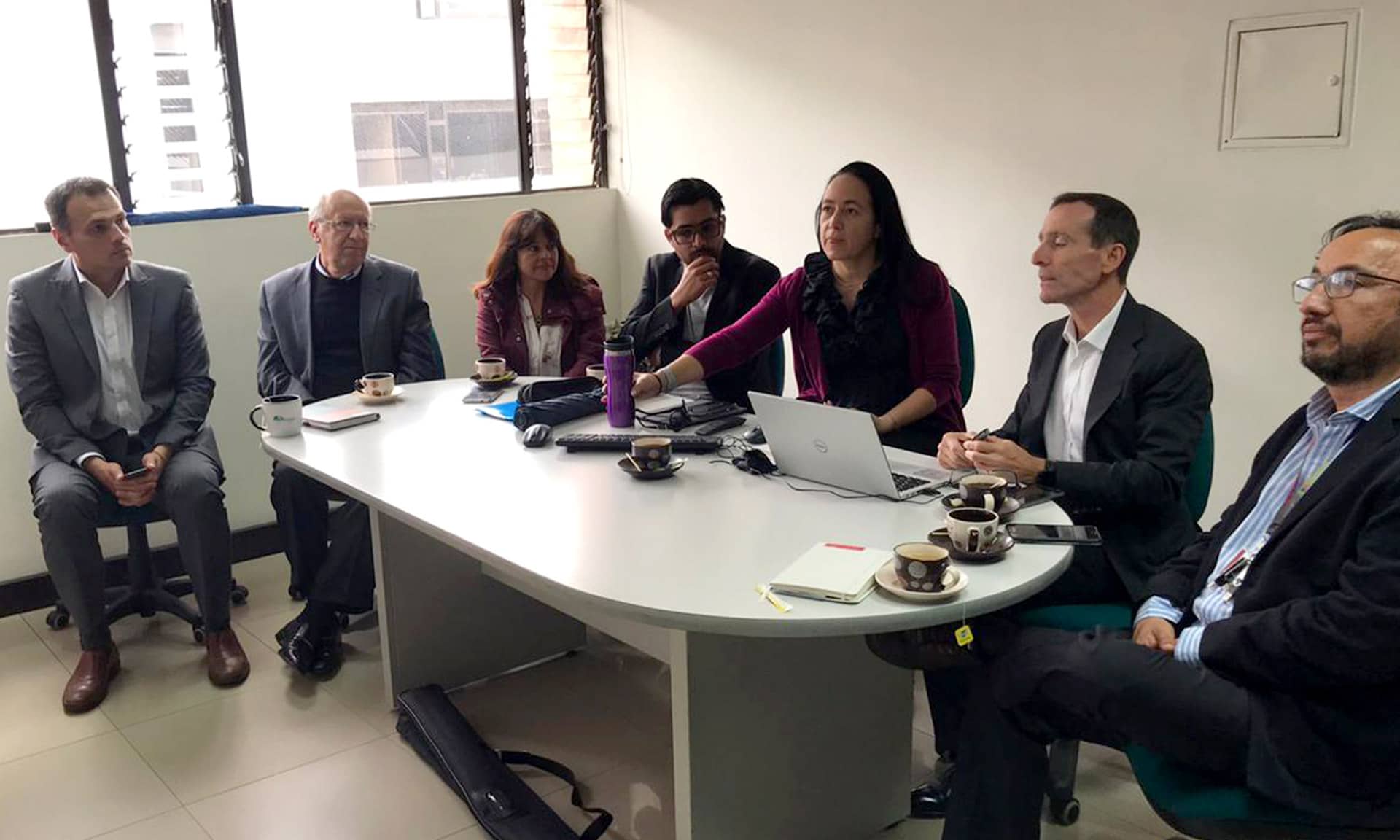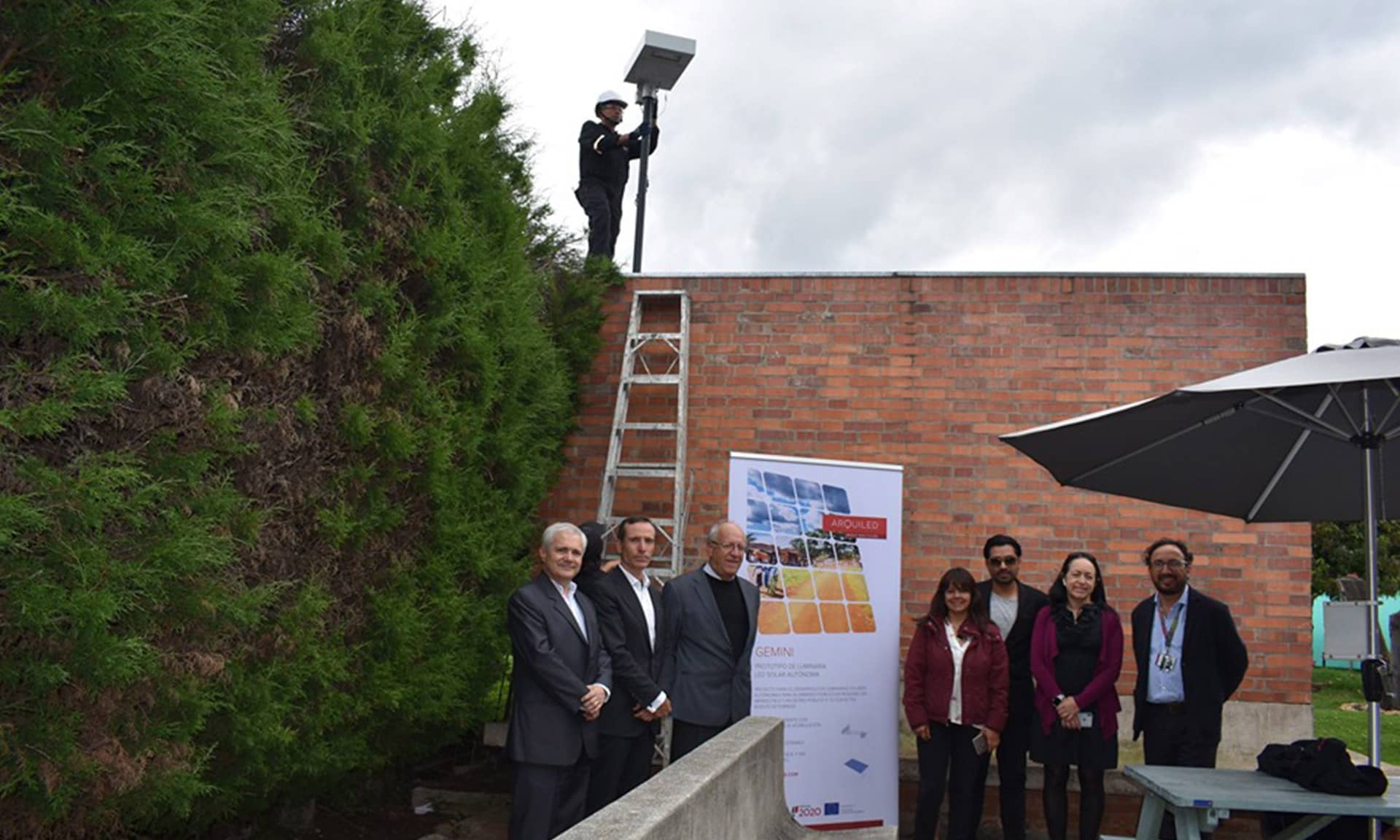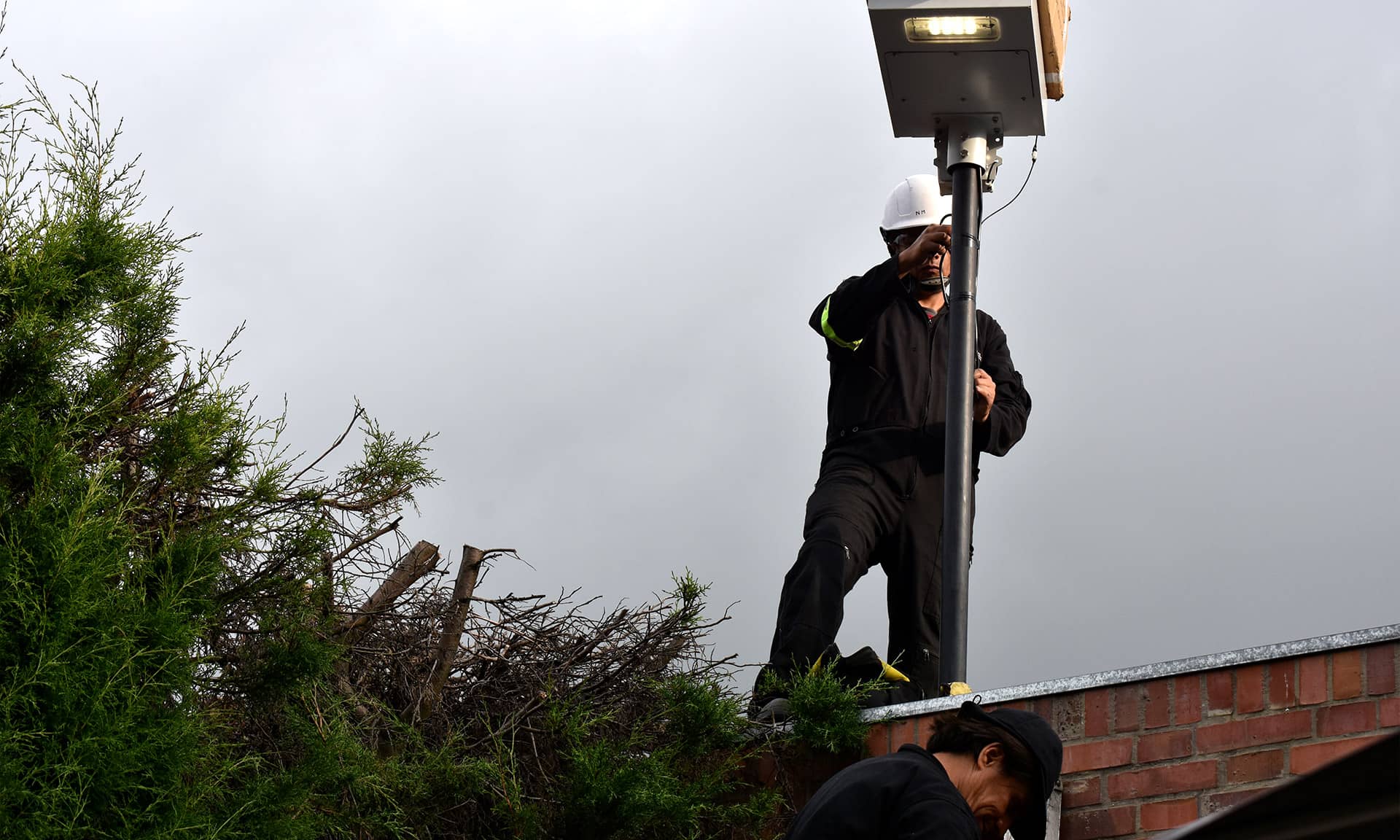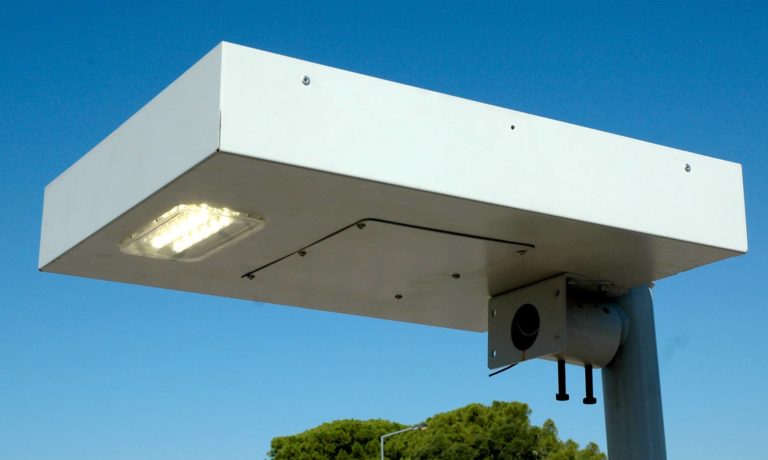
AUTONOMOUS SOLAR LED LUMINAIRE (LLESA)
Luminaire 100% Grid Autonomous for Application in Tropical Latitudes

AUTONOMOUS SOLAR LED LUMINAIRE FOR STREET LIGHTING
TECHNOLOGY WITH SOCIAL RESPONSIBILITY
Light where there is no electricity! LLESA is the result of the necessity combined with technological innovation and was born to light up the areas of the globe where street lighting is non-existent or has insufficient levels of implementation and quality. For this reason, LLESA is 100% electrical grid autonomous, uses the sun as sole source of energy and incorporates a smart management system that optimizes the capture of solar energy and regulates the luminous flux.
- APPLICATION AND DESCRIPTION
- SMART ENERGY MANAGEMENT
- PROGRAMMING PROFILE
- TECHNICAL CHARACTERISTICS
- PHOTOS
- SCIENTIFIC PAPERS
- RESEARCH DATA
LLESA is a luminaire made by design for regions of the globe where street lighting is non-existent or reduced, namely those coincide geographically with places of high solar radiation, throughout the year, which allows the use of luminaires with an exclusively energy source by solar panels, with the capacity to store this energy.
With a fully integrated monobloc design, LLESA is robust and easily resist to high temperatures. Additionally, has a seamless installation and no maintenance costs.
Using the Sun exclusively as an energy source, it captures and stores solar energy during the day, transforming the energy absorbed during the day into electrical energy for lighting at night.
The LLESA Solar Luminaire’s smart energy management system:
- Optimizes solar energy capture;
- Autonomously controls the light intensity according to the duration of the night and the accumulated energy available; typically, the photovoltaic panel charges the battery in one day and can operate for up to two days (in an hourly matrix of 8 hours);
- Manage the luminous flux in order to maximize the intensity at the beginning and end of the night, when it is most needed, decreasing the intensity in the idle hours.
Due to the developed battery charge management algorithm it is possible to manage the battery charging and discharging.
Presenting the Programming Profile for a 12h night and with the battery above 50% capacity. The profile increases and decreases depending on the length of night and the battery charge.
Battery charge management algorithm
The developed algorithm tracks the Maximum Power Point Tracking (MPPT) using a battery charger with adjustable output converter.
Battery
Hydrated Ni-Co hydroxide battery, whose chemical formula was established as Ni0.33Co0.66 (OH) 2 (2NO3-, CO32-) 0.33 (H2O) 0.5 and activated carbon deposited on carbon paper (Toray) – presenting a capacity retention with a current of 82% at 10 A · g-1, noticeably above the typical 70% required for electrochemical load storage devices.
Luminotechnics
IESNA Type II beam (medium), applicable to the lighting of European class P pedestrians and class M roads.
Color temperature 4 000 K neutral white.
SMT ceramic LED, with silicone lens, 120 ° radiation (Lambertian emitter), with corrosion resistance (corrosive gases).
Class 3B and luminous flux up to 250 lm.
Class 3B test: 40 ° C / 90% RH / 15ppm H2S / 14 days. Grade B.
The LEDs passed the test without significant changes in characteristics. The subcomponents of this LED contain, in addition to other substances, metals, including silver. Metal materials can be affected by environments that contain traces of aggressive substances. Therefore, it is recommended to minimize LED exposure to aggressive substances during storage, production and use. The LEDs, using the tests described, did not show deviations in performance within the fault limits for the duration of the indicated test. The respective fault limits are described in IEC60810.
Photovoltaic panel
Photovoltaic panel, 36 cells, type POLY CELL 52x156mm and POLY CELL 60x78mm, depending on the luminaire models with 8W and 12W of power, complying with the TUV certifications (IEC 61215, IEC 61730), CE, ROHS.
Mechanical safety standards
Luminaire designed to withstand the force of the wind according to the provisions of standard NP EN 60598-2-3 (of section 3.6.3).
Ferrous materials protected against oxidation in accordance with EN 60598-1 (in section 4.18).
Corrosion resistance meets the requirements of annex L, section L.4 of EN 60598-1.
Luminaire resistant to heat, fire and creep currents in accordance with EN 60598-1 (section 13).
Corrosion resistance meets the requirements of annex L, section L.4 of EN 60598-1.
Luminaire resistant to heat, fire and creep currents in accordance with EN 60598-1 (section 13).
In this Paper, a control maximum power point tracking (MPPT) algorithm is proposed for applications that extract energy using photovoltaic solar panels, as well as an experimental configuration to adjust and test the MPPT. Results of the MPPT loading algorithm using real conditions are also provided.
The article also presents an approach to develop a battery charger for products with solar energy.
Hybrid capacitors have been developed to bridge the gap between batteries and super capacitors. These devices combine a capacitive electrode and a battery-like material to obtain high energy density devices with good cycling stability. In the search for improved electrochemical responses, several hybrid devices have been proposed. However, they are generally limited to bench-scale prototypes that are likely to face serious challenges during an escalation process. The developed article reports the production of a hybrid prototype composed of activated commercial coal and nickel-cobalt hydroxide, obtained by chemical precipitation, separated by polyolefin-based paper.
Access the Autonomous Solar LED Lamp (LLESA) prototype measurement registration database here





